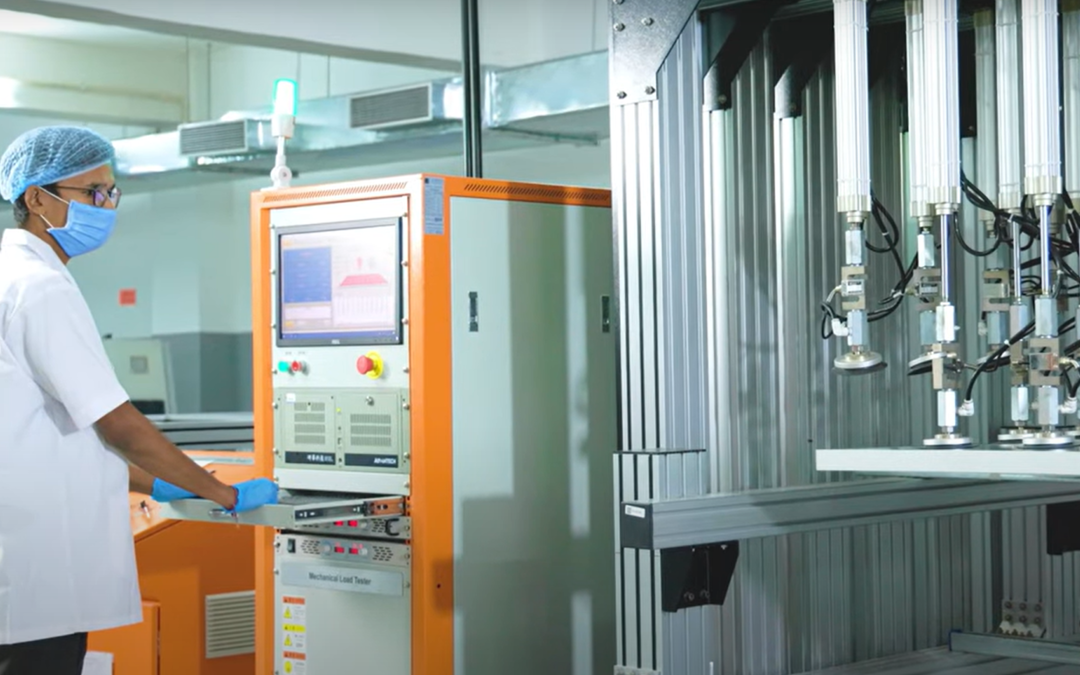Solex Energy Plans to Invest $952M in Solar Manufacturing Capacity
The company plans to develop a new cell manufacturing facility with an initial capacity of 2 GW and can be scaled up to 5 GW.
Gujarat’s energy infrastructure is all poised for a massive windfall, with Surat-based Solex Energy Ltd. planning to invest ₹8,000 crore ($952 million) toward advancing solar technology and scaling operations until 2030.
According to a statement, the company is exploring the development of a new cell manufacturing facility with an initial capacity of 2 gigawatts and can be scaled up to 5 GW.
The company also plans to expand its module manufacturing capacity from 1.5 GW to 15 GW while beefing up its workforce to over 25,000 to support this growth.
“With the introduction of N-Type TOPcon technology featuring rectangular cells, Solex Energy is raising the bar for efficiency and reliability,” said Chetan Shah, chairman and managing director of Solex Energy, in the statement.
N-type TOPcon technology is the abbreviation of N-type tunnel oxide passivated contact solar modules that use phosphorus to dope the silicon base, making them more resistant to light-induced degradation.
A major component of this project is to launch the Tapi-R series of solar modules incorporating N-Type TOPcon technology and a rectangular cell design, setting a new standard for solar energy generation in India.
The Tapi-R series comprises a cell size of 182.2 x 210 mm and 132 half-cut cells, delivering up to 625 watt-peak of power with 23.14 percent module efficiency.
It is particularly suited for large-scale solar projects in challenging environments, such as deserts and barren lands, with a bifacial rate of approximately 80 percent and a power temperature coefficient of -0.28 percent per degree Celsius.
The series also includes a comprehensive 12-year product warranty and a 30-year linear performance guarantee, with the lowest annual degradation.
In addition to technological advancements, the company is committed to supporting India’s national goal of achieving 500 GW of non-fossil fuel-based installed electricity capacity by 2030.
Also Read:
‘Make In India’ Fuels 29x Spurt in Solar Module Manufacturing in 10 Years
Nirmal Menon
Related posts

Subscribe
Error: Contact form not found.


